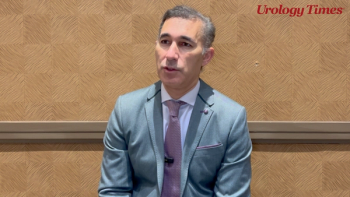
“It's the sustained release and constant exposure to the gemcitabine that's most likely responsible for the high efficacy rates of that we're seeing with the TAR-200 system,” says Siamak Daneshmand, MD.

“It's the sustained release and constant exposure to the gemcitabine that's most likely responsible for the high efficacy rates of that we're seeing with the TAR-200 system,” says Siamak Daneshmand, MD.
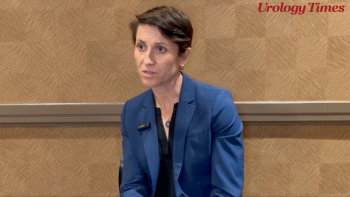
“This is another therapeutic that adds to UroGen [profile] as a potential treatment that could be used to preserve kidneys while treating low grade upper tract urothelial carcinoma going forward,” says Sarah P. Psutka, MD, MSc.
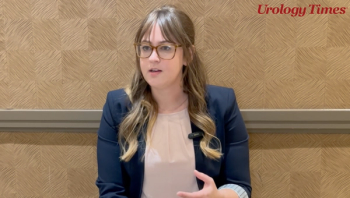
“Some of the main implications for urologists is that the risk adapted utilization of BCG, which has been implemented as guidelines, should continue,” says Madison M. Wahlen.
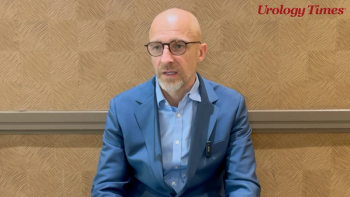
“We really want to understand whether by using this beta emitter, together with the combination of cabazantinib and the nivolumab, we're getting better outcomes than we would expect with the doublet alone,” says Eric Jonasch, MD.
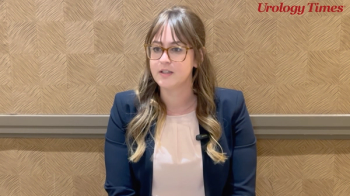
"We found that patients whose care was impacted by shortages did not have statistically significantly worse recurrence outcomes compared to patients whose care was not impacted by shortages," says Madison M. Wahlen.
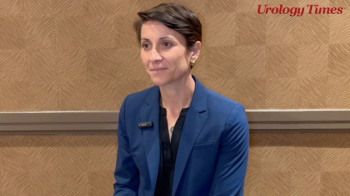
“With the Expanded Access Program, it is an opportunity for patients to receive the drug in real-world practice,” says Sarah P. Psutka, MD, MSc.
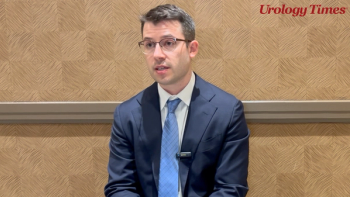
"Overall, our trial shows promising early oncological efficacy with a favorable toxicity profile," says Gal Wald, MD.
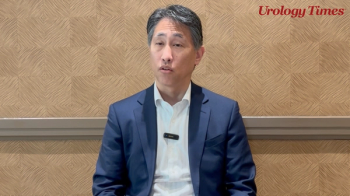
ProstACT GLOBAL is assessing the safety and efficacy of 177Lu-TLX591 plus SOC vs SOC alone in patients with mCRPC.

Cretostimogene grenadenorepvec is an investigational oncolytic immunotherapy for patients with BCG-unresponsive high-risk NMIBC.
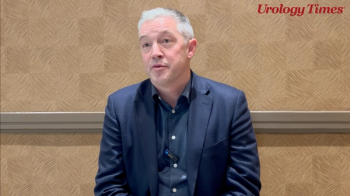
“We can now see that we can find a proportion of those men that have an elevated STHLM3 tests that actually have a quite substantial risk of biochemical recurrence after the radical prostatectomy,” says Tobias Nordström, MD, PhD.

“Without Congressional action, all the progress that has been made—the new normal, so to speak—that patients, physicians, and providers alike have become used to, is at risk of potentially going back to pre-pandemic, 2019 levels,” says Juan J. Andino, MD, MBA.
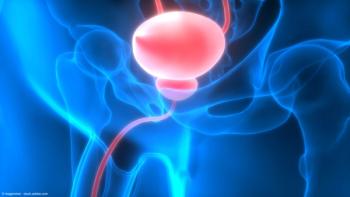
"The durability response for these patients was impressive given the fact that these patients were those who, by definition and by inclusion criteria, were recurrent within a year at [baseline]," says Sandip M. Prasad, MD.
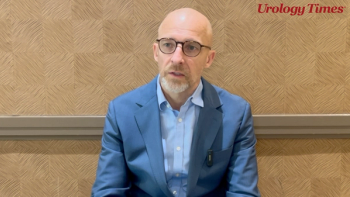
“We did see that there was a certain percentage of individuals who had to have dose holding, and a smaller percentage of people had to have dose reduction, in general,” says Eric Jonasch, MD.

"Overall, the take-home message is that in patients with BCG-unresponsive non–muscle invasive bladder cancer, you can consider nadofaragene as an option among those that are available for treating these patients," said Vikram Narayan, MD.
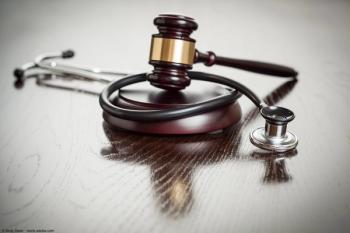
"We found that the majority of malpractice claims were filed in response to delayed diagnosis or treatment and no cases were filed in response to surveillance practices or surgical techniques," said Adri M. Durant, MD.

“Overall, the take-home message is that in patients with BCG-unresponsive non–muscle-invasive bladder cancer, you can consider nadofaragene as an option among those that are available for treating these patients,” says Vikram M. Narayan, MD.
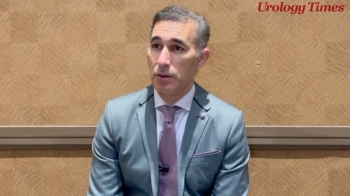
"Most of the AEs were grade 1 and 2. These consisted of frequency, urgency, UTIs—again, things we're very used to with intravesical therapies," says Siamak Daneshmand, MD.
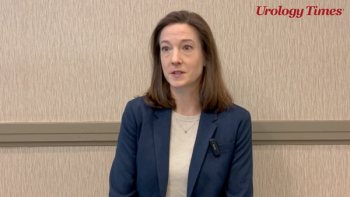
"I think the highlights are the functional outcomes after a salvage focal ablation are favorable, definitely, compared to salvage radical prostatectomy, but the studies are quite limited in terms of real salvage focal ablation," says Kara L. Watts, MD.
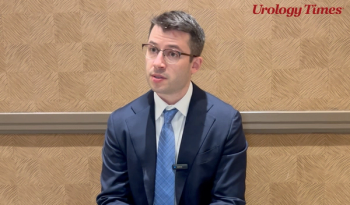
"Combination therapies have now become the forefront of our field, and we are trying to do better to avoid BCG-unresponsive disease, as well as progression to either muscle-invasive or metastatic disease," says Gal Wald, MD.
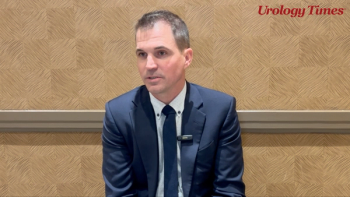
"In terms of results, complete response rate at any time point for the cohort was 74.5%," says Mark D. Tyson, II, MD, MPH.

CR rate was 98% (39/40) at 3 months, 94% at 6 months (34/36), and 81% at 12 months (21/26).

As centrally assessed, the CR rate was 83.5% (95% CI, 73.9-90.7); the CR rate was 85.9% (95% CI, 76.6-92.5) per investigator assessment.
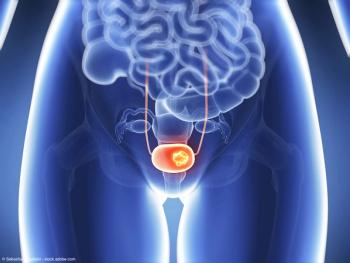
At month 6, the overall high-grade complete response rate was 72% (13 of 18

“The trial is meant to define or test this agent in this population for which currently there's not an established standard of care,” says Robert Svatek, MD.

The overall complete response rate was 74.5% (95% CI, 65.4%-82.4%).
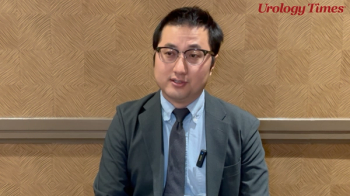
"That gave us the idea that the diagnostic benefit of extended lymph node detection was pretty minimal," says Leilei Xia, MD.
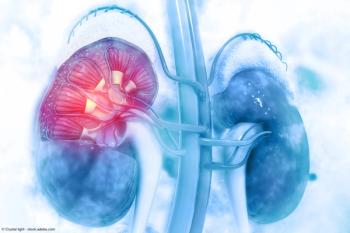
Anemia was the most frequently observed any-cause AE and was seen in 485 (84.2%) patients.

Overall median time from first documented biomarker test date to index date was 5.5 months.
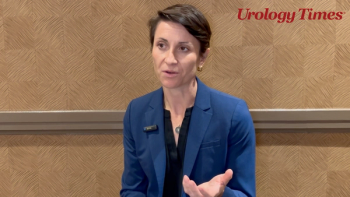
“There was a wonderful breadth of discussion of some of the key questions that exist within management of bladder cancer right now,” says Sarah P. Psutka, MD, MSc.
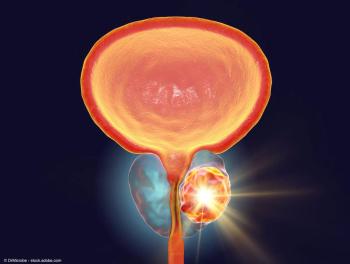
“Our experience with TULSA demonstrates substantial post-procedure decreases in PSA level, PSA density, and prostate volume,” the researchers wrote.